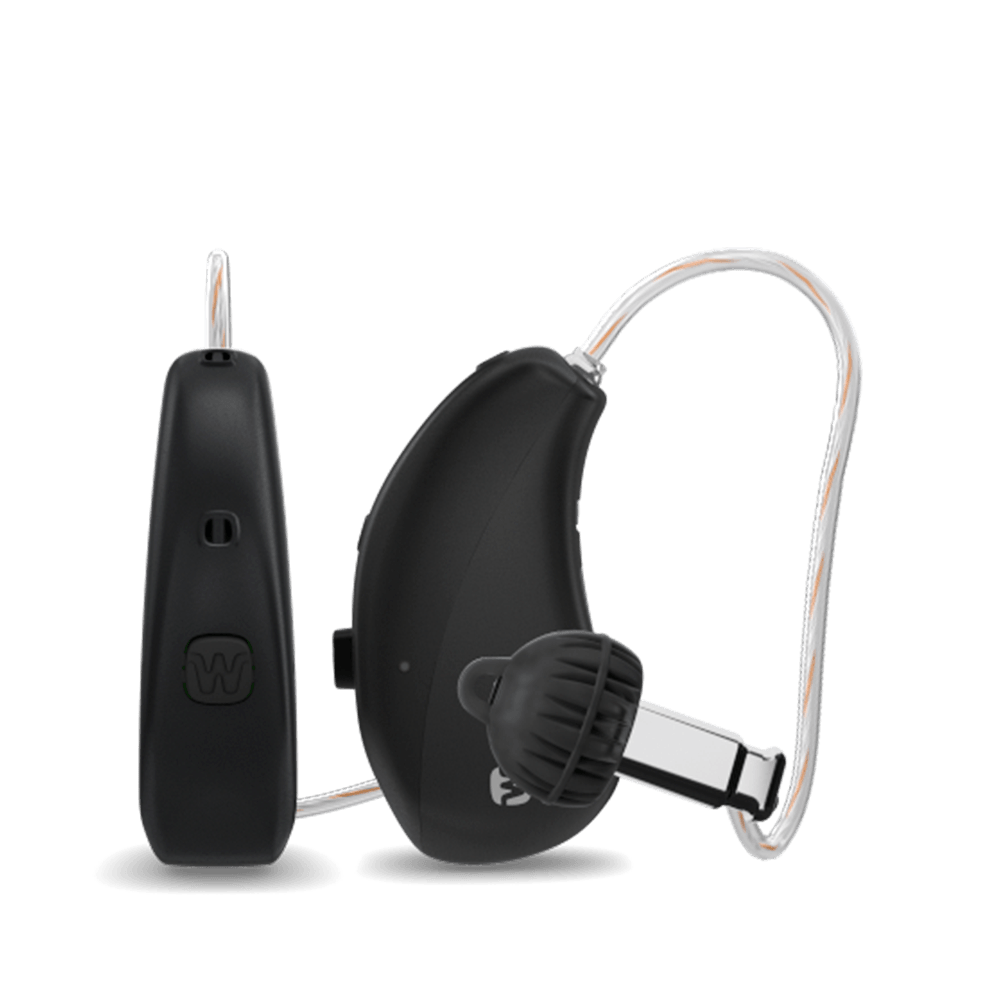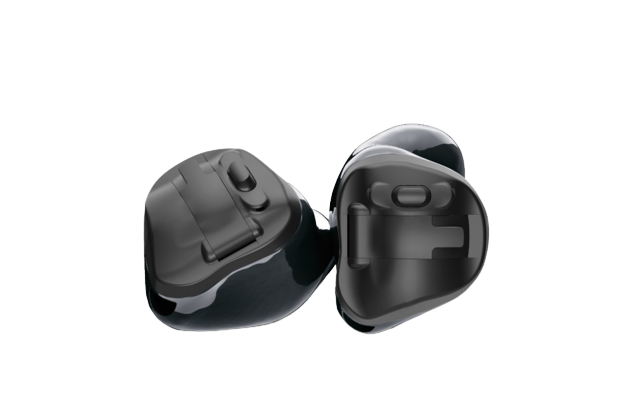The best hearing aid for you depends on your level of hearing loss, your lifestyle and your fit preferences. First, consult a hearing health professional, such as an audiologist, for a hearing examination to determine your level of hearing loss. From there, they can help you review specific hearing aid models most appropriate for your situation and pick the one you’d like to try.
Finding the Best Hearing Aid Fit
With hearing aids that house some or all components behind the ear, two kinds of parts go in the ear—an open-fit dome or a closed-fit mold. Many people like the feel of an open-fit dome as it lets some hearing pass in naturally. A closed fit, custom-made ear mold may result in the best hearing but users have to adjust to the “stopped up” feel.
The most important factors for hearing aid success are acoustic fit and physical fit, says audiologist Catherine Palmer, former president of the American Academy of Audiology and director of audiology and hearing aids at the University of Pittsburgh Medical Center.
Acoustic fit is how well an audiologist programs the aids to your specific hearing needs. Physical fit has to do with how well they fit in your ear, which affects both hearing and comfort.
A great hearing aid fit hinges on three things:
Your type of hearing loss. Many people lose hearing in the high frequencies first. Others have difficulty across all frequencies. Hearing tests measure sensitivity, or how loud a sound has to be to be heard, and clarity, or how well someone can understand speech. Often, you’ll also get a “speech in noise” test. These results create a sound prescription for the best hearing aid for you.
Your lifestyle. Do you work? Do you love dining in restaurants? Do you listen to podcasts? Your lifestyle suggests which features, such as Bluetooth connectivity, are important. Also, certain hearing aid styles, such as behind-the-ear or completely-in-the-canal are better or worse for certain situations.
Your dexterity. If you have trouble manipulating batteries, a rechargeable hearing aid is often recommended.
Based on these findings and your budget, your hearing professional will recommend style, technology level and features. “At the end of the day, the best hearing aid is the one the person will wear,” says Palmer.
Once your hearing aid is programmed and customized for you, real-ear measurements are typically performed. This is an important test to ensure our hearing aids are meeting your sound prescription. At this point or later checkups, an audiologist may also recommend accessories such as a clip-on “remote microphone,” which can dramatically help you hear one particular person.
Features to Consider
Hearing aids can also come with a variety of features, including (but not limited to):
- A directional microphone that makes conversing in noisy environments easier
- A telecoil (t-coil) that amplifies a speaker’s voice over background noise in public places
- Remote microphones
- Feedback suppression technology, which reduces acoustic feedback (often experienced with phones)
- Impulse noise and wind reduction technologies
- Rechargeable batteries
- Wireless connectivity with Bluetooth-compatible devices
- Remote controls for easy adjustments
- Preprogrammed settings for different listening needs and environments













